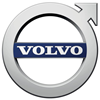
Volvo S80 Saloon (2006-2016) engines, drive and performance
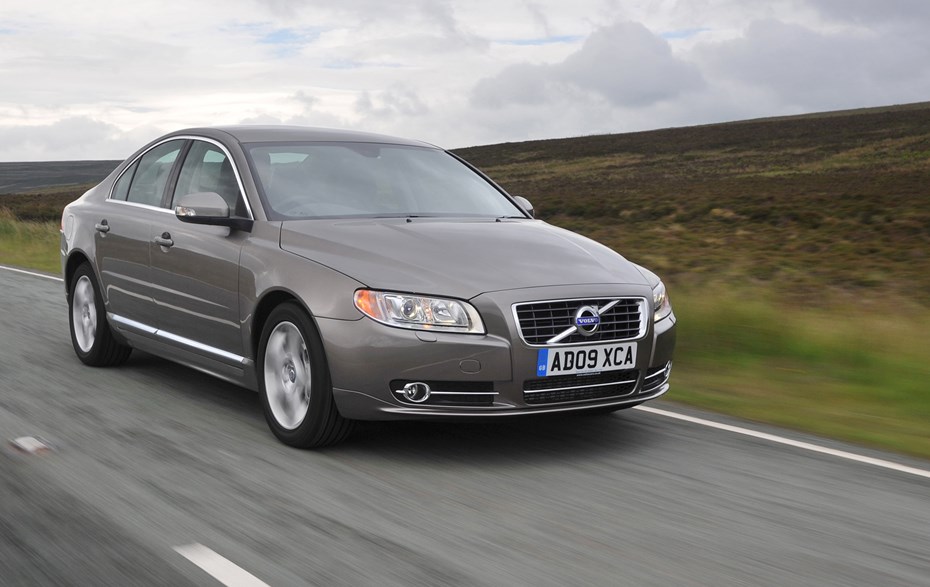
Although the S80 has previously been built with a wide range of petrol and diesel engines, it’s currently available with diesel power only.
Diesel engines
The diesel range is currently split into four groups: the 113bhp D2, the 134bhp D3, the 161bhp D4 and the 212bhp D5.
Both manual and automatic transmissions are available. From 2013 onwards, automatic cars are equipped with manual shift paddles behind the steering wheel for the first time.
The S80 was launched in 2006 with a 163bhp 2.4D or a 185bhp version of the same engine, called the D5.
Although these engines do not feel as refined as six-cylinder units from other makes, Volvo S80 performance is strong nonetheless. The six-speed manual 2.4D will sprint from 0-62mph in 9.2 seconds, while the six-speed automatic takes half a second longer.
A four-cylinder 2.0D was launched in 2007 but with only 136bhp it feels somewhat sluggish in the large S80, although it is economical with an average of 50mpg achievable.
The D5 is the fastest diesel S80 available, with the manual version covering the benchmark in 7.7 seconds, and it has plenty of low down pulling power making it ideal for overtaking or motorway journeys.
For 2013, CO2 emissions were improved across the diesel range: see the ‘Costs’ section of this review for more details.
Petrol engines
The S80 is currently on sale with diesel engines only, but a series of powerful petrol engines have been squeezed under its bonnet in the past.
Previous range-topper was a 4.4-litre V8, which with 315bhp was quite a beast. It’s very quick, covering 0-62mph in 6.5 seconds, but, as you’d expect, fuel economy is woeful at just 24mpg.
Also available was a smooth and refined 3.2-litre six-cylinder unit with 238bhp, discontinued in 2009. Only available as an automatic, it will reach 62mph in just 7.9 seconds for the front-wheel drive version.
The most affordable petrol was the 2.5T with 200bhp which returns a useful 33mpg and is a very characterful engine, although it does have to be worked hard.
In 2007 an entry-level 2.0-litre petrol was added to the line-up. It delivered 145bhp but lacked pulling power and as a result feels underpowered in the S80, especially in terms of in-gear acceleration. 0-62mph takes 11.6 seconds while economy is 34mpg.
It’s immediately obvious that the S80 is set up for comfort rather than keen handling. As a result, driver involvement is sadly lacking, but that doesn’t prevent it from being incredibly smooth and relaxing to drive, especially on motorways.
The ride is superb and, combined with the excellent seats, makes the S80 limousine-like for passengers, especially when fitted with the larger diesel engines. It has a fairly stiff body and roll in corners isn’t excessive, but it lacks the agility of alternatives like the BMW 5-Series.
The steering lacks feel, although a speed-dependent steering system (which varies the amount of resistance according to speed) is an option across the range.
Stability control is standard for all cars while the discontinued V8 and 3.2-litre petrol models came with all-wheel drive as standard. For now, though, diesel models offered in the UK are front-wheel drive only.
Models built from 2009 onwards are available with a lowered dynamic chassis (standard on the SE and SE Lux), for better handling, or a comfort chassis (available on Executive models).
There’s currently also a third option, the catchily-named Continuously Controlled Chassis Concept (or Four-C for short). This is an active suspension system with three settings ranging from comfort to sport, although none feel especially firm.


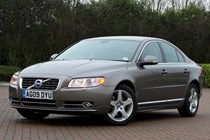
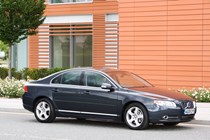
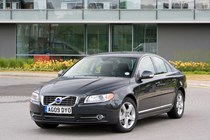


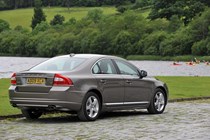
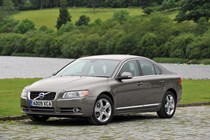
.jpg)
.jpg)
.jpg)
.jpg)
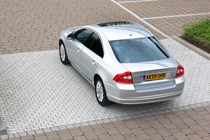
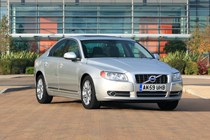
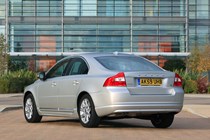
.jpg)
.jpg)

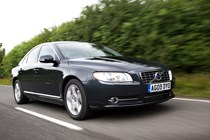
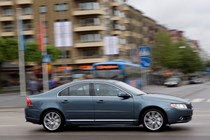
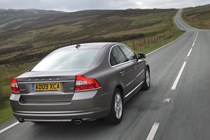

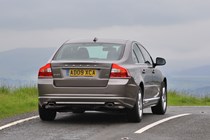
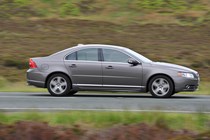
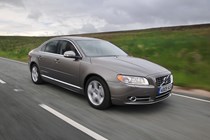
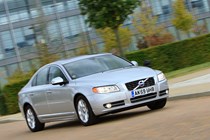

.jpg)
.jpg)
.jpg)

.jpg)
.jpg)
.jpg)
.jpg)
.jpg)
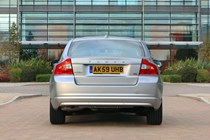
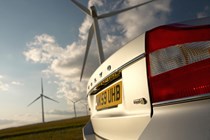
.jpg)
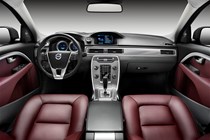
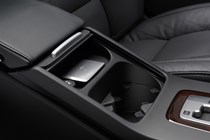
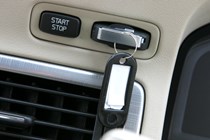
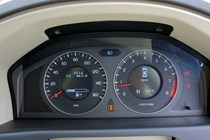
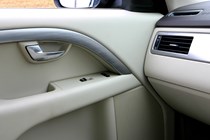
.jpg)
.jpg)
.jpg)
.jpg)
.jpg)
.jpg)
.jpg)
.jpg)
.jpg)
.jpg)
.jpg)
.jpg)
.jpg)
.jpg)
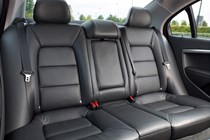
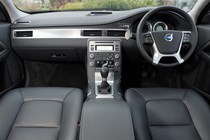
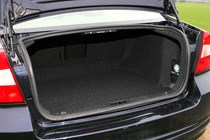
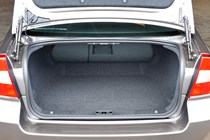
.jpg)
.jpg)
.jpg)







.jpg?quality=50)
.jpg?quality=50)
.jpg?quality=50)
.jpg?quality=50)



.jpg?quality=50)
.jpg?quality=50)










.jpg?quality=50)
.jpg?quality=50)
.jpg?quality=50)

.jpg?quality=50)
.jpg?quality=50)
.jpg?quality=50)
.jpg?quality=50)
.jpg?quality=50)


.jpg?quality=50)





.jpg?quality=50)
.jpg?quality=50)
.jpg?quality=50)
.jpg?quality=50)
.jpg?quality=50)
.jpg?quality=50)
.jpg?quality=50)
.jpg?quality=50)
.jpg?quality=50)
.jpg?quality=50)
.jpg?quality=50)
.jpg?quality=50)
.jpg?quality=50)
.jpg?quality=50)




.jpg?quality=50)
.jpg?quality=50)
.jpg?quality=50)